The seventh-generation BMW M5 super-saloon is, right now, lurking ominously in my rear-view mirror as the winter dawn breaks slowly on the westbound M4.
That car has much to prove and today it should have some great roads to prove it on, and a fair, modern rival against which to compete – rather than being weighed down by many decades of wonderful, celebrated and broadly irrelevant performance car heritage.
On which topic, I wonder if the M division management might now consider it a mistake to have rolled out so many old-generation M5 ‘heritage vehicles’ on the international press launch of this new model a couple of months ago.
Naivety? Misplaced confidence? Hubris, even? Reactions to this car from those at the event have been a little varied.
But few testers argued that it felt anything other than big, heavy and necessarily complex – a little uncommunicative and lacking, perhaps, in simple, accessible fun factor.
Frankly, next to a 30-year-old, 1700kg E34-generation M5, which modern performance saloon wouldn’t?
But will it today? The things that have made this G90-generation M5 weigh 2435kg in four-door form are after all entirely reasonable, understandable – even ineluctable – things.
Howl at the moon if you like and blame BMW M for somehow failing to resist the legislative forces that have already led many of its rivals to electrify and will continue to do so for others.
But then ask yourself this: would you rather not have a new M5 at all? What about one with a four-cylinder turbo engine? Or an electric rear axle that runs out of puff when the battery runs dry?
What about an all-electric M5? Or one without electrification entirely but made in tiny numbers and priced like some diamond-encrusted unicorn?
Those were probably the options and, regrettably perhaps, ‘more of the same’ almost certainly wasn’t among them.
BMW M, it seems to me, has done its best to keep this car commercially viable in 2025, in the mechanical format that best suits it and best represents how we have come to know it.
And here’s the thing. In the end, it has produced a car that is, in fact, only 75kg heavier than a Porsche Panamera Turbo E-Hybrid, the key rival with which we’re comparing it today.


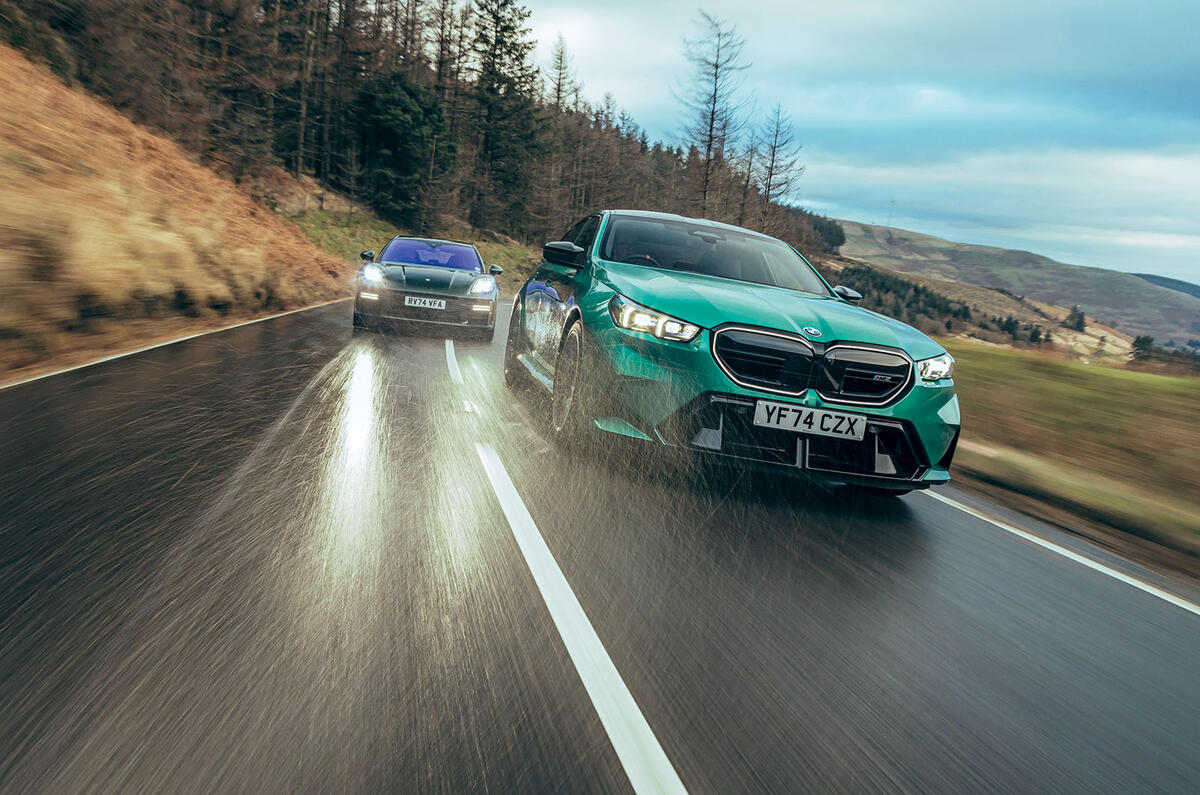


















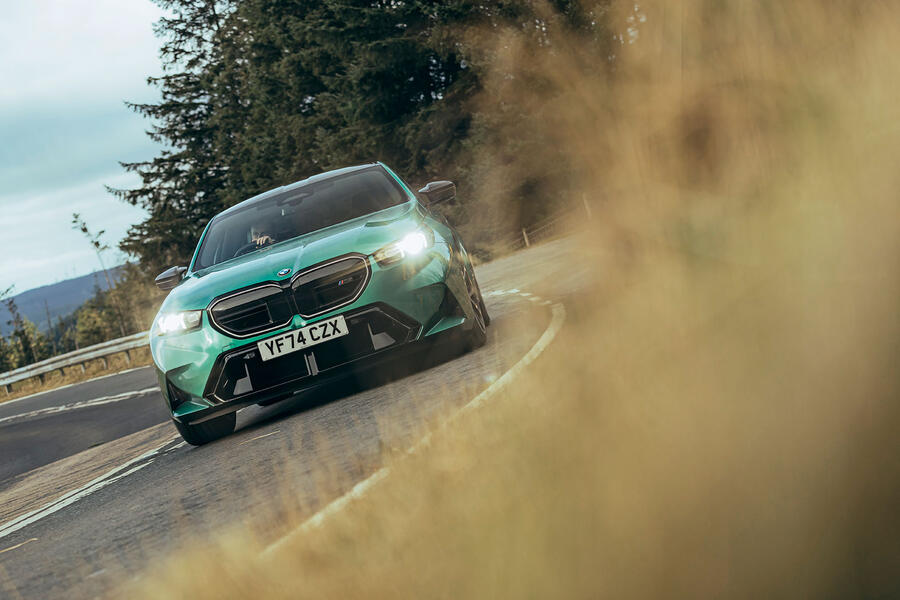
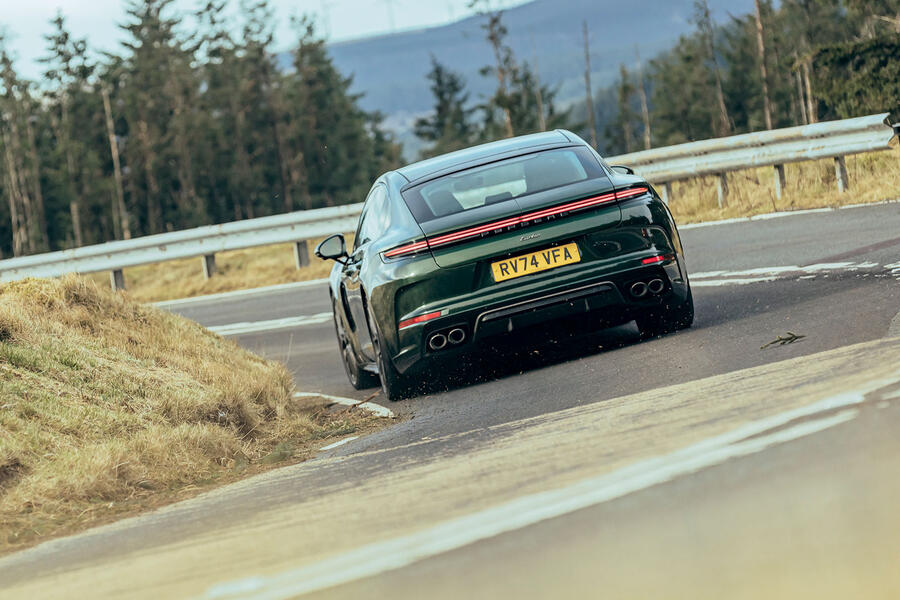
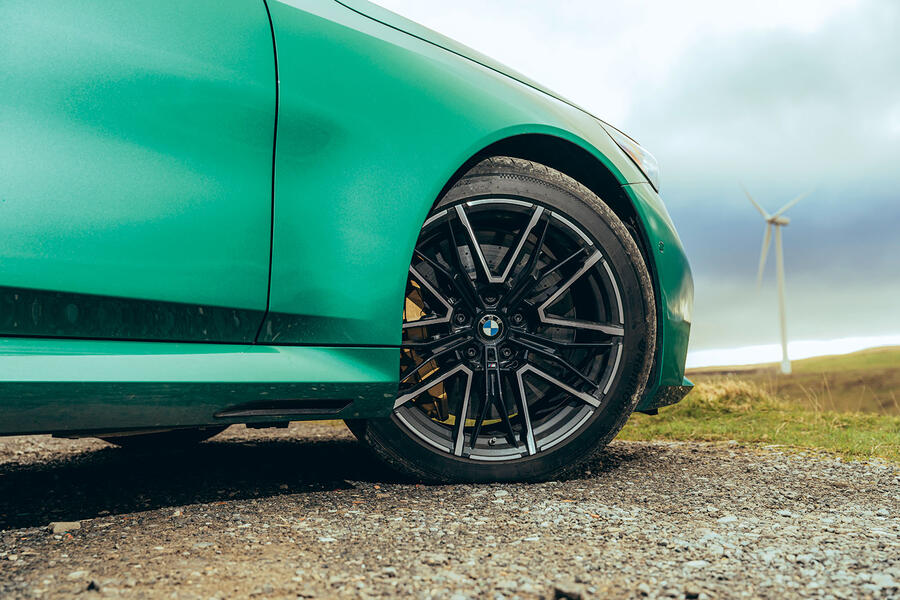
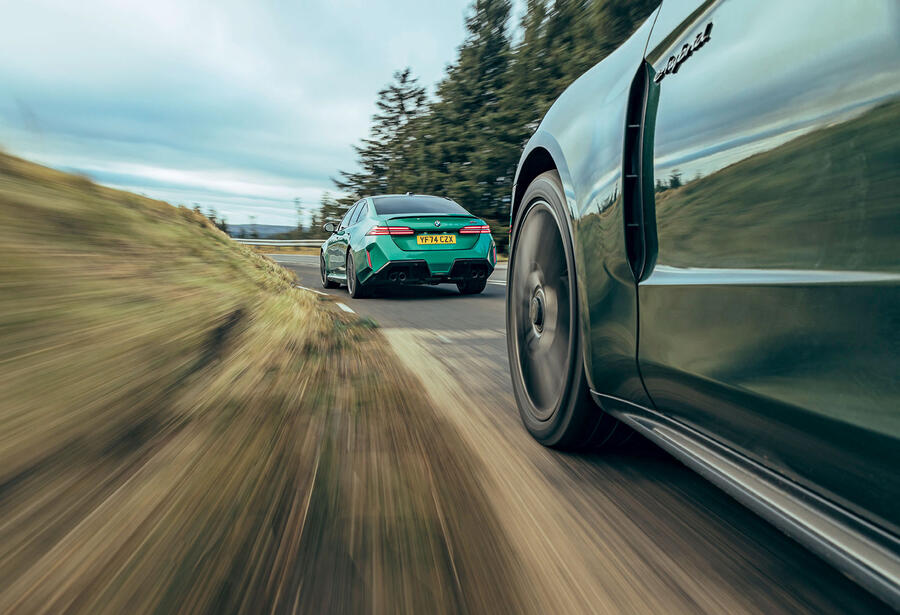
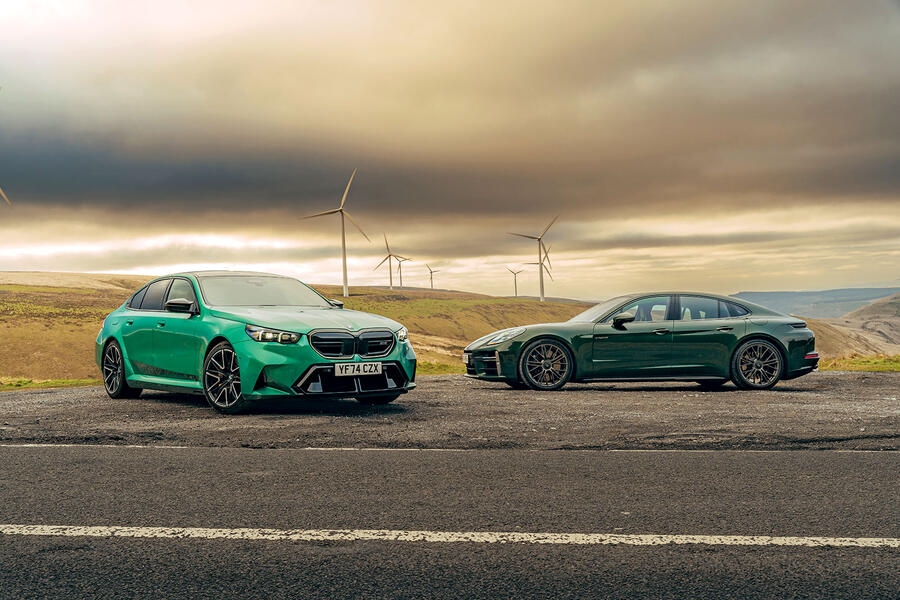






Join the debate
Add your comment
Interesting that Evo managzine reached the opposite conclusion when comparing these two cars!
And the Porsche makes a far more entertaining noise
It's obviously got to the point where you need 'multi trick suspension components' as standard just to cope with the sheer mass of these vehicles.